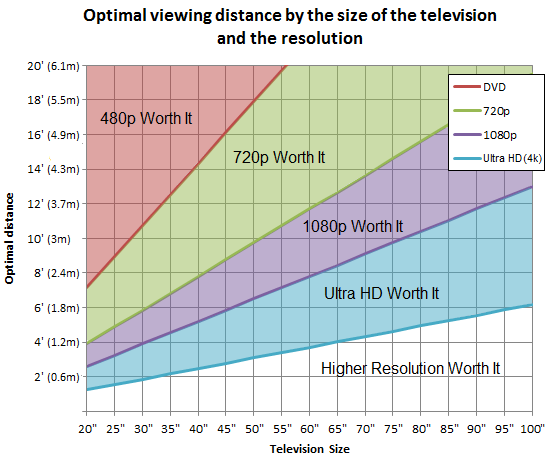Intrinsic said:
Well.... I'm not gonna agree with jist cause you are a salesman. Yes I know Sony probably has everyone beat on quality, but their TVsalso suffer a lot from banding and uneven lighting. And most their recent models (especially with them going super thin which comes at a cost) don't come with local dimming zones which hurts their overall black levels. Samsung has always had quality issues. But right now they make the better TV. And I think you saying Oled is a dead end like plasma actually made me lose any form of respect I could have for you. Why is it a dead end? Cause of burn in? if you say that then you really must not know that every display tech in use today wasn't always as good as they are right now. It basically took LCD displays almost 12yrs to get to where they are now. And on all fronts except burn in and overall peak brightness OLED has them beat. And the life span of the blue oled is only going to see improvemments with each nee iteration. Especially with LGs WRGB pixel structure. I could start going into all the different reasons why Oled is the future and all round better tech..... but that's not what this thread is about. There are just things oled can do and will do that LED displays never will. And I'll say just one of them, in time Lords will make having 100" plus displays economically feasible. But as I said that's another matter for a different kinda thread. |
The 850D suffers in black uniformity, and the 930D suffers loss of light at the edge of the screen. As far as the local illumination is concerned, you are wrong; the 930D uses a new type of lighting system that combines local dimming with edge lighting. Banding is also not an issue anymore, either. Are you sure you're looking at the right year?
And the better TV is the one that doesn't get returned for QA issues.
Combining the above with your faith in OLED puts you right square in the middle of "Oh, he's just wrong" territory. The Blue diode can indeed get better... By sacrificing it's color. To overcome this issue, they would need to find a new way to make the blue, and if it were possible in sure Sony would have done so to keep from burning $30K into their studio monitors.
It's not a single issue that leaves OLED a dead end, it's a number of them. Burn in, grayscale, half-life on the blue, cost of production... Pick one. The biggest issue, though, is the runt TV manufacturer that is LG is the only company really pushing it with any level of success. And their complete disregard for image quality in practice over image quality on a show floor is enough to put up the headstone for the technology.
Watch me stream games and hunt trophies on my Twitch channel!

Check out my Twitch Channel!:
www.twitch.tv/AzurenGames






















































